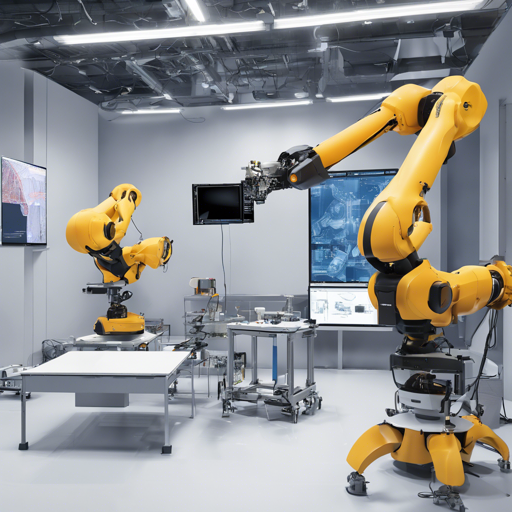Welcome to your guide on DynSLAM, a Simultaneous Localization and Mapping (SLAM) system designed to work in dynamic environments. This robust tool extends the capabilities of InfiniTAM by supporting stereo input, outdoor navigation, and dynamic object reconstruction—all of which are crucial for advanced robotics and computer vision applications.
Understanding DynSLAM: A Brief Analogy
Think of DynSLAM as a talented chef in a bustling restaurant kitchen. Just like a chef needs a variety of ingredients and tools to prepare a perfect dish, DynSLAM integrates multiple components to create a detailed, real-time map of its environment. It uses stereo input as its “ingredients,” processes these inputs to compute a “depth map” like a chef measuring portions, and then segments different objects just as a chef separates ingredients for various recipes.
In this kitchen scenario, the chef has to keep track of all the items around them while ensuring their dishes are perfectly prepared, which mirrors how DynSLAM simultaneously manages static backgrounds and dynamic objects in real-time without getting flustered in a busy kitchen!
Getting Started with DynSLAM
If you’re keen to dive in and set up DynSLAM, follow these straightforward steps:
Step 1: Clone the Repository
- Open a terminal.
- Clone the DynSLAM repository using the command:
git clone --recursive https://github.com/AndreiBarsan/DynSLAMStep 2: Install Dependencies
- Install the necessary libraries (e.g., OpenCV and CUDA) and prerequisites using:
sudo apt-get install libxmu-dev libxi-dev freeglut3 freeglut3-dev libglew-dev glew-utils libpthread-stubs0-dev binutils-dev libgflags-dev libpng++-dev libeigen3-devStep 3: Build the Project
- Navigate to the source code directory:
cd src/Pangolinmkdir build
cd build
cmake ..
make -j$(nproc)Running DynSLAM
After checking that DynSLAM is built correctly, it’s time to run the system! You can process demo sequences with the following commands:
mkdir -p csv
build/DynSLAM --use_dispnet --dataset_root=path_to_extracted_archive --dataset_type=kitti-odometryTroubleshooting Common Issues
If you encounter any issues while setting up or running DynSLAM, here are a few troubleshooting tips:
- Ensure you have all dependencies installed before building.
- If you forget to clone with the
--recursiveflag, run:
git submodule update --init --recursiveFor more insights, updates, or to collaborate on AI development projects, stay connected with fxis.ai.
Regenerating and Visualizing Data
You can regenerate figures from the ICRA paper by extracting raw data and using Jupyter Notebooks as described in the relevant section of the repository.
Conclusion
At fxis.ai, we believe that such advancements are crucial for the future of AI, as they enable more comprehensive and effective solutions. Our team is continually exploring new methodologies to push the envelope in artificial intelligence, ensuring that our clients benefit from the latest technological innovations.

